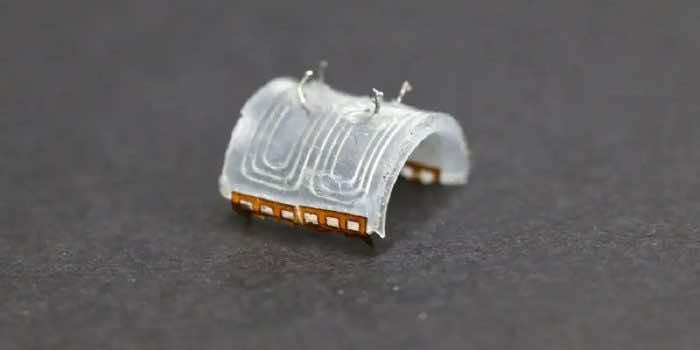Inspired by mother nature, researchers at Johannes Kepler University in Austria have finally managed to introduce a novel technology that has been sought after for a long time. They have developed a stream of tiny and steerable electromagnetic robots that have an incredible capability to walk, run, jump, and swim at expeditious speeds. Due to their small size, they can easily perform these tasks, thanks to microelectronics. The research has been published in the journal Nature Communications in which the researchers have explained the entire procedure of how they achieved this breakthrough and sprung it into action.

The robots have been manufactured on the concept of cheetahs and gazelles due to their ultra-fast speeds that make them stand out in the crowd, as they can save themselves from being hunted by predators and can also capture any animal for their meal. The researchers longed to build robots encompassing such capabilities for decades, but this recent accomplishment has achieved their desired mission. They used small electromagnetic actuators by integrating liquid metal coils that help in achieving robots’ faster speeds. Watch the embedded video below to look for more details!
As you can see in the video, the liquid metal coils work incredibly well for these robots. Researchers have manipulated the coils according to the different desirable actions for robots, like walking, swimming, running, etc. These liquid metal coils have been printed by the researchers on different substrates which possess different characteristics in order to make these coils flexible and adaptable to changes. Not only this, materials like sawtooth or L-shaped feet have also been encapsulated by the researchers in order to further optimize their performance characteristics, thereby achieving maximum efficiency.

The video clearly and succinctly illustrates that the movements of the robots are continuously monitored by a magnetic field and a battery pack or a tethered cable is used for their charging. The researchers have also tested the procedure on their robots, and the findings are promising. It has been deduced after the experiment that a robot that is powered by a tethered cable can make its movements at around 70 BL/s (body length per second) on the finest surface while displaying a performance of 35 BL/s on arbitrary surfaces. The research proved intriguing in the field of robotics, and it could turn out to be a big win for the companies if used in different practical applications.


